-
 Bitcoin
Bitcoin $111,259.5910
2.32% -
 Ethereum
Ethereum $2,789.1977
6.17% -
 Tether USDt
Tether USDt $1.0006
0.06% -
 XRP
XRP $2.4172
3.88% -
 BNB
BNB $671.6585
1.21% -
 Solana
Solana $157.1336
2.90% -
 USDC
USDC $1.0001
0.02% -
 TRON
TRON $0.2913
1.52% -
 Dogecoin
Dogecoin $0.1809
5.04% -
 Cardano
Cardano $0.6213
4.40% -
 Hyperliquid
Hyperliquid $41.7572
6.29% -
 Sui
Sui $3.1623
8.35% -
 Bitcoin Cash
Bitcoin Cash $513.7819
1.17% -
 Chainlink
Chainlink $14.2966
1.64% -
 Stellar
Stellar $0.2904
9.82% -
 UNUS SED LEO
UNUS SED LEO $8.9624
-0.86% -
 Avalanche
Avalanche $19.4161
5.41% -
 Hedera
Hedera $0.1754
8.17% -
 Shiba Inu
Shiba Inu $0.0...01243
4.58% -
 Toncoin
Toncoin $2.8743
2.25% -
 Litecoin
Litecoin $90.6242
3.12% -
 Monero
Monero $328.7483
3.34% -
 Polkadot
Polkadot $3.6433
5.06% -
 Dai
Dai $1.0002
0.02% -
 Ethena USDe
Ethena USDe $1.0011
0.06% -
 Uniswap
Uniswap $8.3418
8.66% -
 Bitget Token
Bitget Token $4.4331
2.68% -
 Pepe
Pepe $0.0...01102
8.17% -
 Aave
Aave $297.1705
-0.69% -
 Pi
Pi $0.4712
1.31%
How to build a simple dApp on top of a smart contract?
Set up Truffle, Ganache, and MetaMask to build and test a simple Ethereum dApp with a Solidity smart contract.
Jul 10, 2025 at 04:50 pm
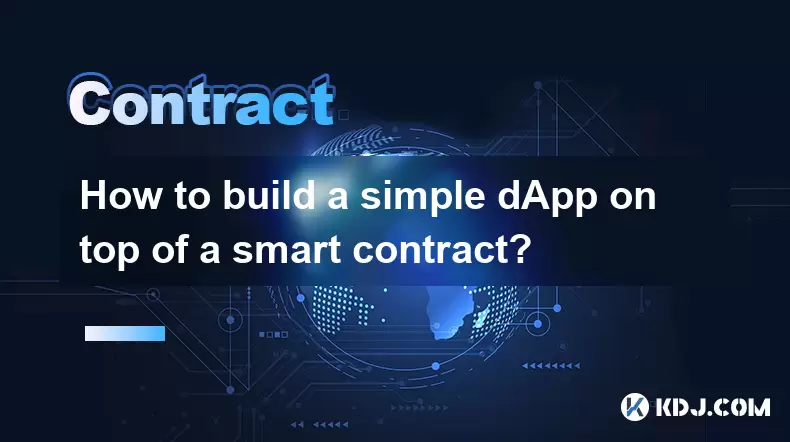
Setting Up Your Development Environment
To begin building a simple dApp on top of a smart contract, you must first establish a proper development environment. One of the most popular tools for Ethereum-based development is Truffle, which provides a framework for compiling, deploying, and testing smart contracts.
- Install Node.js and npm to manage JavaScript packages
- Run
npm install -g truffleto install the Truffle suite globally - Use
truffle initin your project directory to scaffold a new project
Once Truffle is set up, you will also need a local blockchain for testing purposes. Ganache is a commonly used tool that simulates the Ethereum network locally. Download and install Ganache, then start a new workspace to generate test accounts and private keys.
Additionally, connect your browser to the blockchain using MetaMask, an Ethereum wallet that allows interaction with decentralized applications. Make sure to add the local network provided by Ganache to MetaMask for seamless testing.
Writing a Basic Smart Contract
Now that your environment is ready, it's time to write a basic smart contract. Solidity is the primary language used for writing Ethereum smart contracts. Create a new .sol file inside the contracts folder generated by Truffle.
Here’s a sample contract:
pragma solidity ^0.8.0;contract SimpleStorage {
uint storedData;
function set(uint x) public {
storedData = x;
}
function get() public view returns (uint) {
return storedData;
}
}
This contract defines a variable storedData and two functions: one to update its value and another to retrieve it. Ensure that the Solidity version matches the one specified in your Truffle configuration.
After writing the contract, create a migration script in the migrations folder. This script tells Truffle how to deploy your contract to the blockchain.
Compiling and Deploying the Smart Contract
With your smart contract written, the next step is to compile and deploy it. In your terminal, navigate to the project root and run:
truffle compile– this compiles your Solidity code into bytecode readable by the Ethereum Virtual Machine (EVM)truffle migrate– this deploys your contract to the local blockchain managed by Ganache
Make sure Ganache is running before executing the migration command. You should see transaction logs indicating successful deployment.
After deployment, note the contract address printed in the console. This address will be used later when connecting your frontend application to the smart contract.
You can also verify the deployment by checking the transactions in Ganache or using the Truffle console with truffle console and interacting with the deployed contract manually.
Building the Frontend Interface
The frontend of your dApp enables users to interact with the smart contract. A common stack for building dApps includes React.js for the UI and Web3.js or Ethers.js for blockchain interactions.
Start by creating a React app:
- Run
npx create-react-app my-dappto scaffold a new React project - Navigate into the project directory and install the Web3 library via
npm install web3ornpm install ethers
Next, integrate the smart contract ABI (Application Binary Interface) and address into your frontend. The ABI is automatically generated during compilation and can be found in the build/contracts directory.
In your React component, import Web3 and instantiate a connection to the user's wallet (e.g., MetaMask):
import Web3 from 'web3';const web3 = new Web3(window.ethereum);
await window.ethereum.enable();
Then, use the ABI and contract address to create a contract instance:
const contractInstance = new web3.eth.Contract(abi, contractAddress);With this setup, you can now call the set and get functions from your smart contract within button handlers and display results on the screen.
Connecting the Frontend to the Smart Contract
Once the contract instance is created, you can implement functionality that allows users to interact with it directly through the browser.
For example, to call the get function:
contractInstance.methods.get().call()
.then(result => console.log(result));To send a transaction using the set function:
contractInstance.methods.set(42).send({ from: accountAddress })
.on('transactionHash', hash => console.log(hash));Ensure that MetaMask is connected and unlocked before performing any transaction. Also, handle errors gracefully to improve user experience.
Update your UI components to reflect current values stored on the blockchain and allow input fields for setting new values. This creates a fully functional interface for your dApp.
Test the entire flow by running the React app with npm start and interacting with the buttons while observing changes in Ganache and the browser console.
Frequently Asked Questions
What is the difference between a dApp and a regular web app?
A dApp (decentralized application) operates on a blockchain network and uses smart contracts for backend logic, whereas a regular web app relies on centralized servers. dApps offer transparency, immutability, and censorship resistance due to their decentralized nature.
Do I need to pay gas fees when deploying a smart contract locally?
No, when using a local blockchain like Ganache, gas fees are simulated and do not require real Ether. Transactions are processed instantly without actual cost, making it ideal for testing.
Can I use other frameworks besides React for the frontend of a dApp?
Yes, you can use any frontend framework such as Vue.js, Angular, or even plain HTML/CSS/JavaScript. The key is integrating the Web3 provider and interacting with the smart contract correctly.
Is it possible to deploy a dApp to a testnet instead of a local blockchain?
Yes, you can deploy to networks like Rinkeby, Ropsten, or Goerli for broader testing. You’ll need test Ether, which can be obtained from faucets associated with those networks. Ensure your Truffle configuration includes the correct network settings and mnemonic.
Disclaimer:info@kdj.com
The information provided is not trading advice. kdj.com does not assume any responsibility for any investments made based on the information provided in this article. Cryptocurrencies are highly volatile and it is highly recommended that you invest with caution after thorough research!
If you believe that the content used on this website infringes your copyright, please contact us immediately (info@kdj.com) and we will delete it promptly.
- DNA Coin, Biotech Streaming, and Real-World Assets: A New Frontier?
- 2025-07-10 22:30:13
- Transak, HYPE Token, and the Hyperliquid Ecosystem: A Deep Dive
- 2025-07-10 23:10:13
- Gasless L2 Revolution: Status Network's Sustainable Funding Model
- 2025-07-10 23:10:13
- FTX Creditors, Bankruptcy Claims: A Comeback Story?
- 2025-07-10 22:50:12
- Bit Mining's Solana Shift: A New Era for Token Treasuries?
- 2025-07-10 22:50:12
- Solana Blockchain, Stablecoins, and Ecosystem: Riding the Wave of Institutional Adoption
- 2025-07-10 22:55:13
Related knowledge
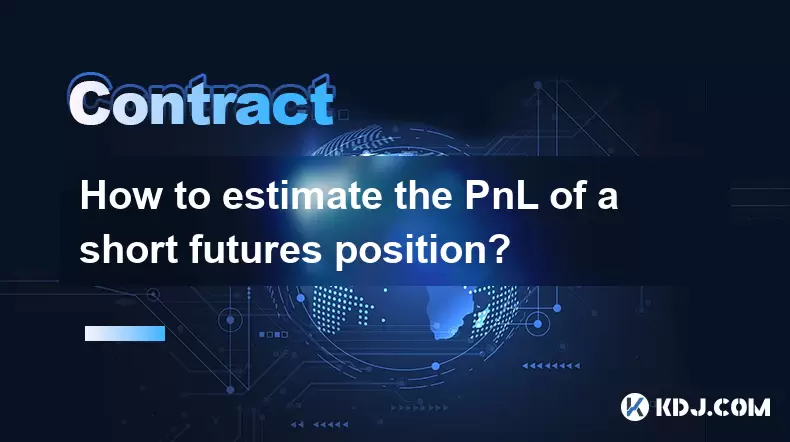
How to estimate the PnL of a short futures position?
Jul 10,2025 at 05:00pm
Understanding the Basics of Futures Trading and PnLIn futures trading, a trader enters into a contract to buy or sell an asset at a predetermined pric...
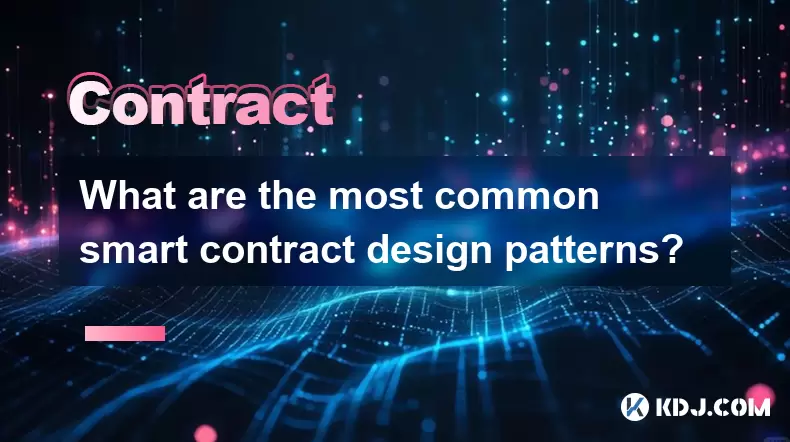
What are the most common smart contract design patterns?
Jul 10,2025 at 09:29pm
Introduction to Smart Contract Design PatternsSmart contract design patterns are standardized solutions to recurring problems encountered during the d...
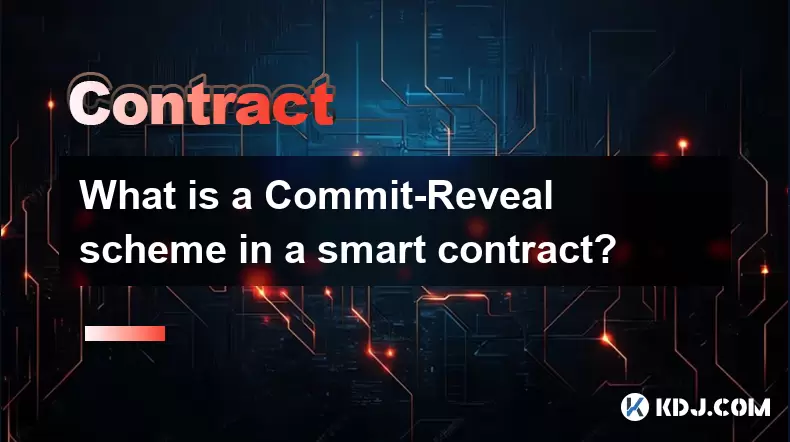
What is a Commit-Reveal scheme in a smart contract?
Jul 10,2025 at 05:22pm
Understanding the Concept of a Commit-Reveal SchemeIn the realm of blockchain and smart contracts, privacy and fairness are often critical concerns, e...
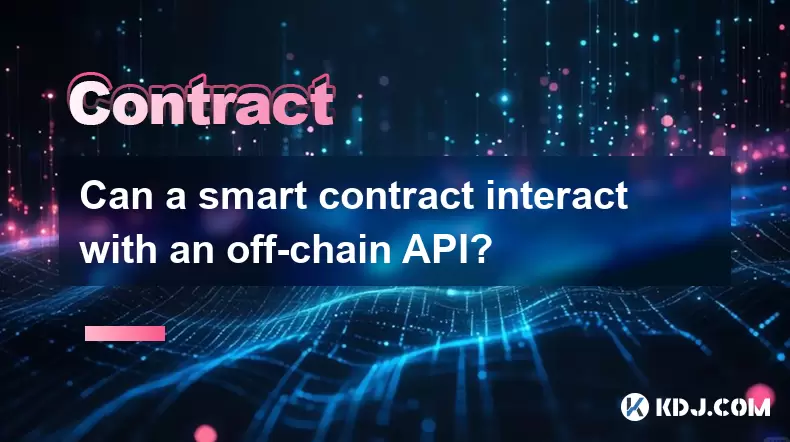
Can a smart contract interact with an off-chain API?
Jul 10,2025 at 09:42pm
What is a Smart Contract?A smart contract is a self-executing contract with the terms of the agreement directly written into lines of code. These cont...
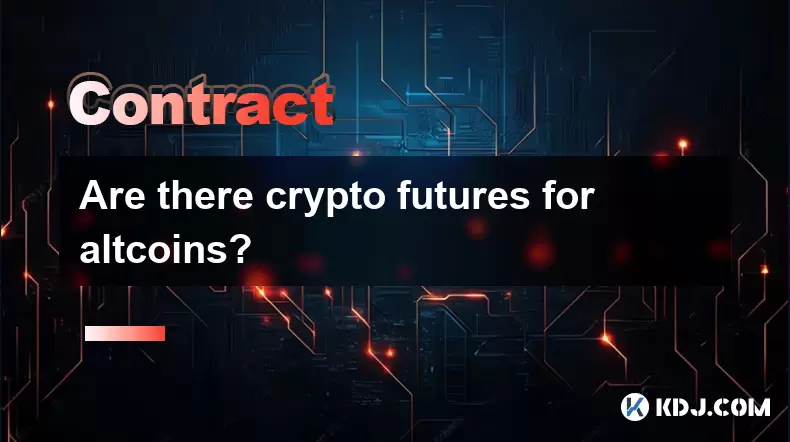
Are there crypto futures for altcoins?
Jul 10,2025 at 11:14pm
What Is a Crypto Faucet and How Does It Work?A crypto faucet is an online platform or application that rewards users with small amounts of cryptocurre...

What is a socialized loss system in futures trading?
Jul 10,2025 at 05:36pm
Understanding the Concept of a Socialized Loss SystemIn futures trading, especially within cryptocurrency derivatives platforms, a socialized loss sys...

How to estimate the PnL of a short futures position?
Jul 10,2025 at 05:00pm
Understanding the Basics of Futures Trading and PnLIn futures trading, a trader enters into a contract to buy or sell an asset at a predetermined pric...

What are the most common smart contract design patterns?
Jul 10,2025 at 09:29pm
Introduction to Smart Contract Design PatternsSmart contract design patterns are standardized solutions to recurring problems encountered during the d...

What is a Commit-Reveal scheme in a smart contract?
Jul 10,2025 at 05:22pm
Understanding the Concept of a Commit-Reveal SchemeIn the realm of blockchain and smart contracts, privacy and fairness are often critical concerns, e...

Can a smart contract interact with an off-chain API?
Jul 10,2025 at 09:42pm
What is a Smart Contract?A smart contract is a self-executing contract with the terms of the agreement directly written into lines of code. These cont...

Are there crypto futures for altcoins?
Jul 10,2025 at 11:14pm
What Is a Crypto Faucet and How Does It Work?A crypto faucet is an online platform or application that rewards users with small amounts of cryptocurre...

What is a socialized loss system in futures trading?
Jul 10,2025 at 05:36pm
Understanding the Concept of a Socialized Loss SystemIn futures trading, especially within cryptocurrency derivatives platforms, a socialized loss sys...
See all articles





















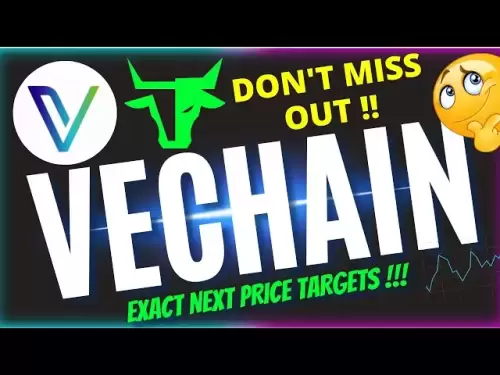

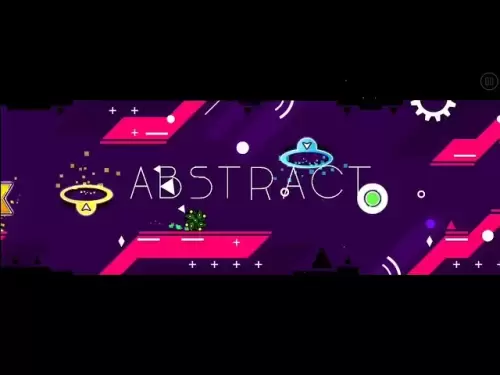

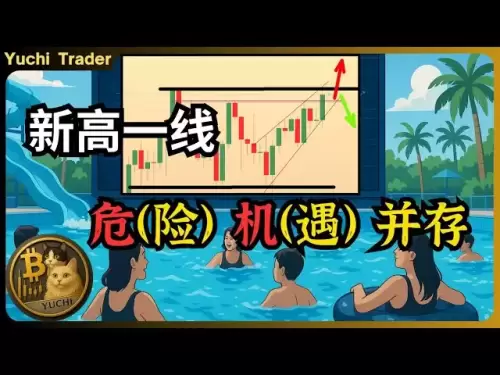
![Bitcoin is about to plummet and get 9-7W long-term short orders [Chainblade’s latest market BTC technical analysis] July 10, 2025 Bitcoin is about to plummet and get 9-7W long-term short orders [Chainblade’s latest market BTC technical analysis] July 10, 2025](/uploads/2025/07/10/cryptocurrencies-news/videos/bitcoin-plummet-w-term-short-chainblade-market-btc-technical-analysis-july/686f8f4c58e52_image_120_90.webp)






























































